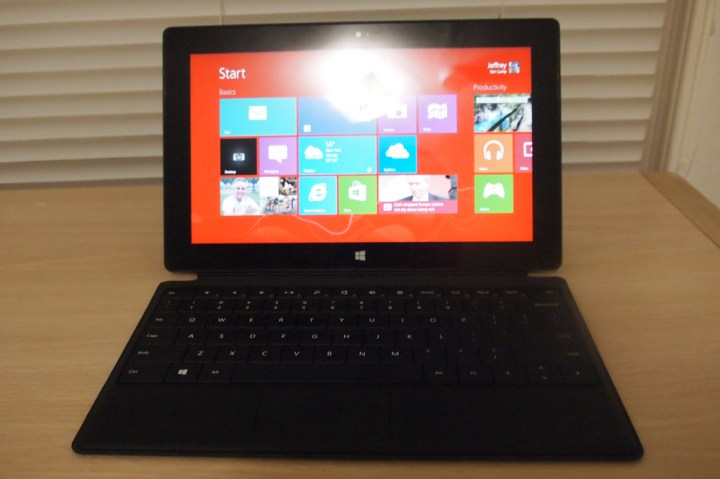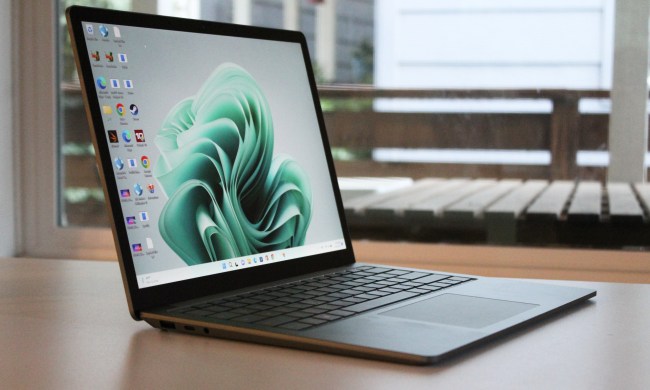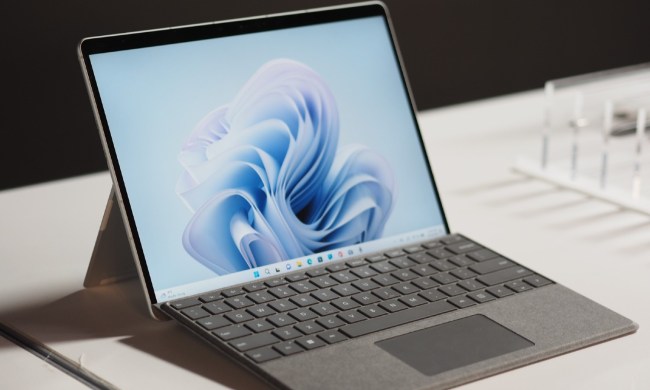
Check out our review of the Microsoft Surface 2 tablet.
Chipmaker Nvidia confirmed Thursday what many have been suspecting – Microsoft is working on version two of its Surface tablet, despite having recently taken a $900 million write-down on the RT version following poor sales.
To avoid its successor suffering the same lukewarm reception, designers at Microsoft’s R&D department are likely rummaging through the drawer marked “bells and whistles”, though the box labeled “mind-blowing extras” may also need to be dipped into.
The news that the Redmond-based company is prepping the next version of the tablet comes courtesy of Nvidia CEO Jen-Hsun Huang (via Cnet), who said his company is “working really hard” with Microsoft to get the slate ready. An approximate release date isn’t mentioned
Outlook
Huang, whose company provided the chip for the first version of the RT, believes he knows what’s been holding the device back – no, not the expensive price tag, poor battery life, average display or [enter your suggestion here], but the absence of Outlook at launch.
“It is the killer app for Windows,” Huang told Cnet, adding, “Now we’re going to bring it with the second-generation Surface. We’re working really hard on it, and we hope that it’s going to be a big success.” It’s hard to believe the inclusion of one piece of software is going to send Surface sales soaring, but Huang appears certain in his belief.
Launched in October last year, Microsoft’s Surface RT – together with the Pro version which followed – have failed to turn the tablet market on its head. They didn’t even turn it on its side. Mixed reviews and disappointing sales have forced the computer giant to offer discounts and promotions with the Surface in a bid to shift more units, though it’s not clear if these have had any real effect.
With PC sales falling and the tablet sector booming, Microsoft will desperately want to see the second iteration of its device grab a decent share of the market. Recent reports suggest it’s looking at launching smaller Surface tablets too, to take on, for example, the Nexus 7, iPad Mini and Amazon’s Kindle Fire offerings. Some have suggested Microsoft could dump the RT version and concentrate instead on the more powerful Pro model, though Microsoft has said nothing on the issue.
While Steve Ballmer’s company can easily handle any losses incurred by the first-generation model, another version that fails to capture the imagination of consumers would be a far more serious issue for the company as it attempts to tap a new revenue stream.



